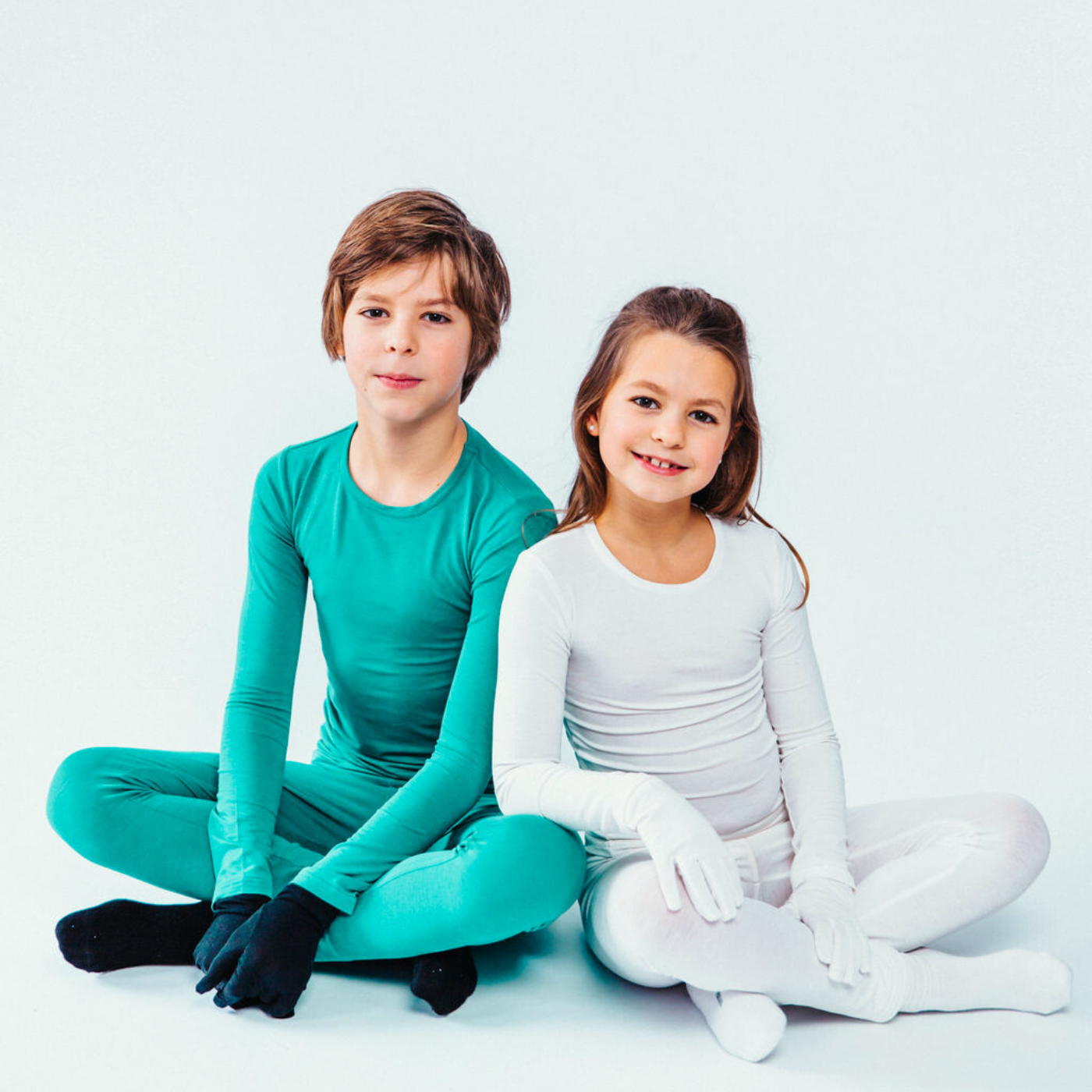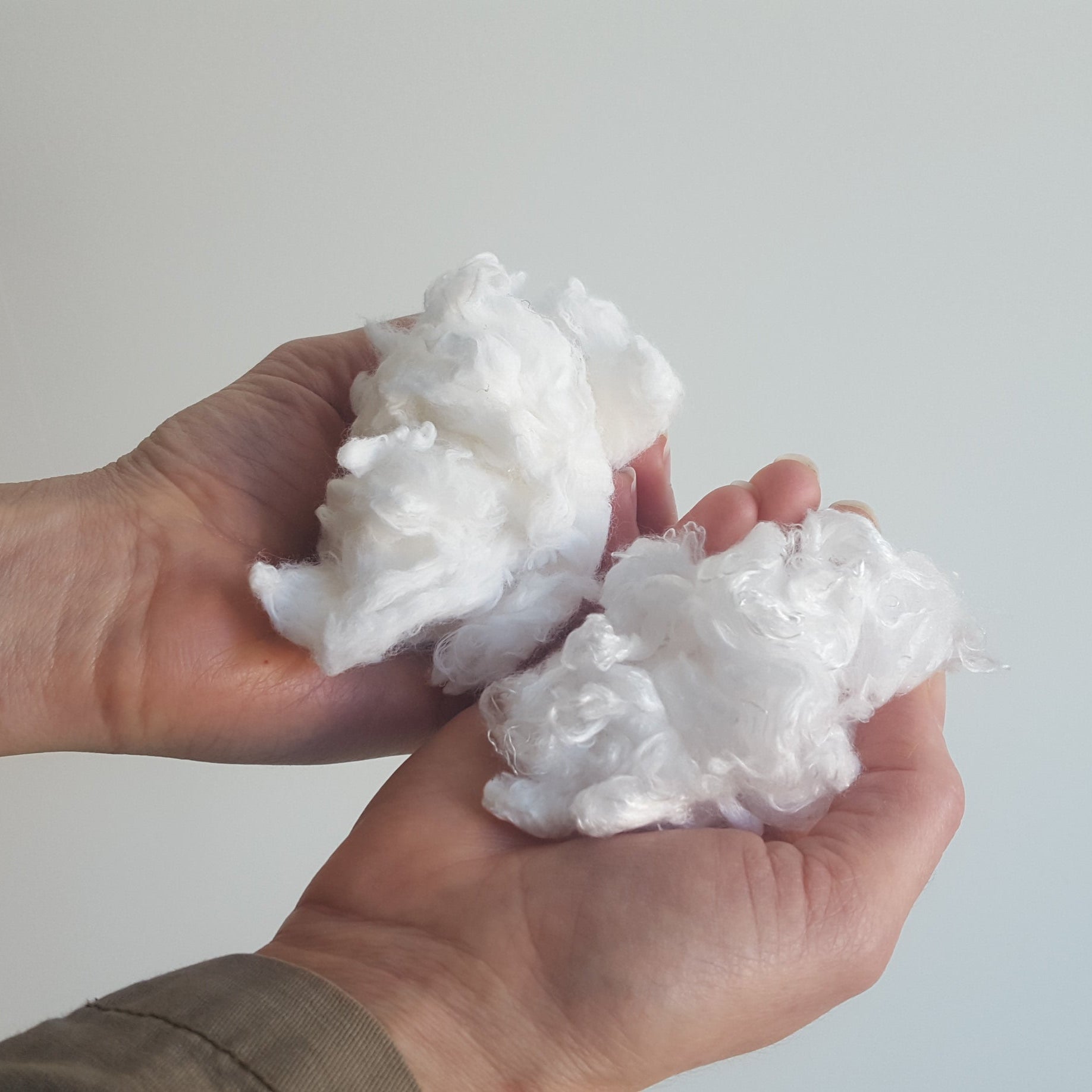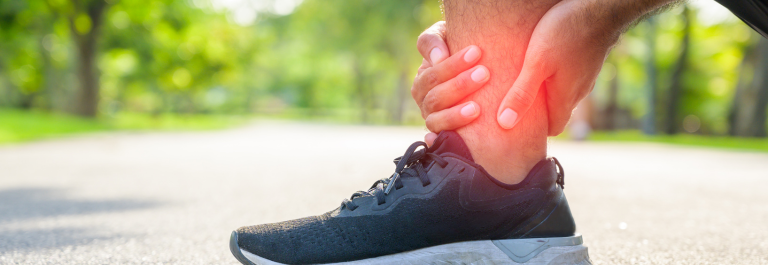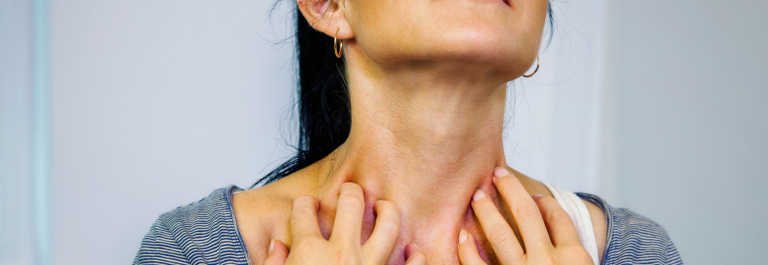Dealing with a rash on the knees can be a challenging and uncomfortable experience. Whether it's caused by atopic dermatitis, allergic contact dermatitis, or other skin conditions, the persistent itchiness, inflammation, and red patches can significantly impact your daily life.
In this blog, we're going to cover everything you need to know about an itchy rash on your knee, including:
-
Causes of an itchy knee rash
-
What does a skin rash on the knee look like?
-
Natural remedies and lifestyle changes that can help soothe mild or severe itching
Read on to discover natural relief from the intense itching on knees associated with various skin conditions, including atopic dermatitis, allergic reactions, and sensitive skin.
Understanding Rash on Knees: Causes of Your Itchy Rash
Rashes on the knees can manifest for various reasons, including atopic dermatitis, allergic contact dermatitis, eczema, and skin infections. These conditions often lead to itchy skin, severe itching, and inflamed skin, making it crucial to address the symptoms and find effective ways to alleviate discomfort. Additionally, factors such as family history, autoimmune diseases, and environmental triggers can contribute to the development of skin rashes.
To effectively manage and soothe a rash on the knees, it's essential to identify potential triggers. Allergic reactions, food allergies, and even fabric softeners can exacerbate skin conditions. A thorough skin test, physical examination, and patch testing can help pinpoint specific allergens and irritants, allowing you to make informed choices about your lifestyle and skincare routine.
What does your Rash Look Like?
Eczema can manifest as red, dry, itchy, weeping, or oozing skin, appearing thick, scaly, or in any combination of these symptoms. It frequently emerges in areas where skin comes into contact with itself, such as behind the knees, exacerbating the situation. The accumulation of sweat and salt can lead to irritation, and chafing becomes a significant concern. The relentless cycle of itchiness and scratching perpetuates what is known as the itch-scratch cycle.
Signs of eczema on your knees or behind the knees can include:
-
Red, scaly patches or areas may appear lighter or darker, particularly noticeable on individuals with darker skin tones.
-
Small, rough bumps that may discharge fluid and form crusts.
-
Red, inflamed skin resembling sunburn, with varying degrees of intensity.
An eczema rash behind the knees can bring discomfort when the leg bends during activities such as walking, running, or playing. It can also pose a potential distraction during the day and can disrupt sleep at night. The condition becomes particularly problematic if the area becomes dry and cracked, as this provides an entry point for bacteria, potentially leading to infections.
Lifestyle Changes to Manage Itchy Skin
Develop a Soothing Skin Care Routine
Adopting a gentle skincare routine is crucial for individuals dealing with eczema, dry skin, sensitive skin, or swollen skin. Choosing fragrance-free and hypoallergenic products can minimize the risk of skin reactions. That's why we love this Nourish + Hydrate Manuka Balm. It's made with just 6 natural ingredients, including the powerful manuka honey. Free from burning or stinging, it's effective to use on adults and kids alike.
Avoiding Triggers
Identifying and avoiding triggers such as certain fabrics, harsh chemicals, and environmental factors can significantly reduce the frequency and severity of rash flare-ups. If the soap you're using is contributing to you developing atopic dermatitis symptoms or leading to a skin reaction, give this Coconut and Sunflower Oil Soap a try. It’s the best natural soap for atopic dermatitis, psoriasis, sensitive skin, and dry skin.
Try Wet Wrap Therapy
Wet wrap therapy is an effective approach to target troublesome areas and enhance skin hydration. If you're new to this method, there's no need to worry—it's straightforward. Here's a simple guide to get you started:
-
Immerse your body in lukewarm bathwater.
-
Gently pat your skin dry with a towel and apply a natural eczema cream, such as the Nourish + Hydrate Manuka Balm mentioned earlier.
-
Moisten wet wraps, like these Remedywear™ Bandages, and delicately wrap them around the knee. Overlay with a dry layer.
-
Allow the wet wraps to remain on for at least two hours or overnight for optimal benefits. After removing the bandages, remember to reapply the moisturizer for a final boost of hydration to your skin.
Wear Skin-Friendly Clothing
Your choice of clothing plays a crucial role in managing eczema symptoms, as garments directly interact with your skin. Selecting eczema-friendly attire becomes essential to prevent the aggravation of your condition.
These Remedywear™ Pants for Adults and Kids are an ideal choice for wearing independently as sleepwear or underneath regular pants throughout the day. Crafted from eco-friendly TENCEL and enriched with anti-inflammatory zinc, these pants offer breathability and comfort for extended wear, whether day or night. Your swollen skin will love their moisture-wicking attributes and the soothing, cooling effect they provide for sensitive skin.
Medical Guidance
Consulting with a medical professional, such as a dermatologist, is essential for an accurate diagnosis and personalized treatment plan. They may recommend oral medications or other prescription treatments for more severe cases.
Soothe your Knee Rash Today
Get started with these natural eczema treatments to soothe your contact dermatitis, atopic eczema, allergic reaction, or knee rash today.










